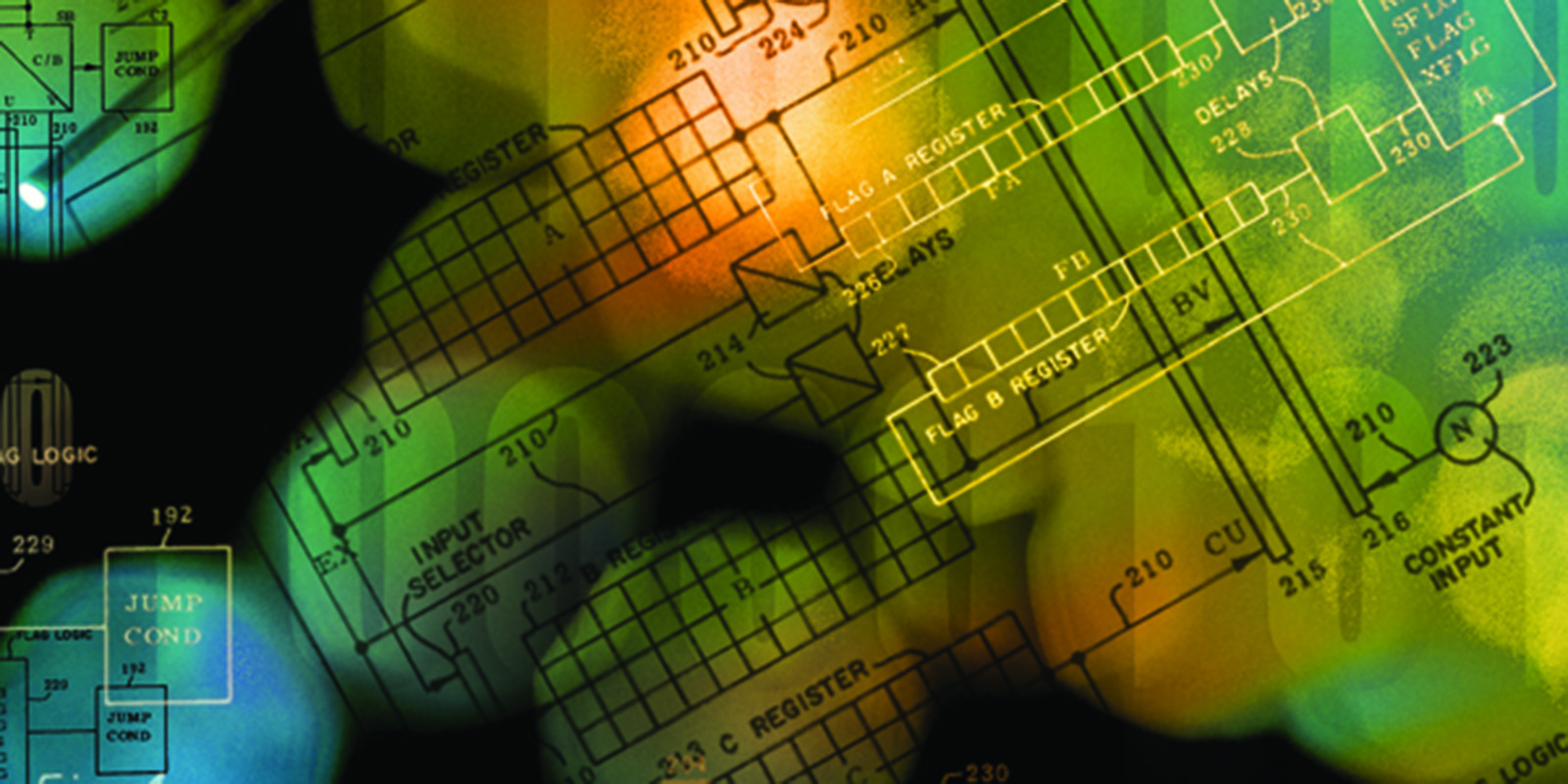
New Intellectual Property Considerations and Risks for Autonomous Vehicles
In Short
The Situation: Technology outside the usual realm of auto manufacturers will be required to develop and produce autonomous vehicles.
The Result: While automotive industry participants have historically been hesitant to sue each other over possible patent infringements, the change of scope of intellectual property and introduction of new players will likely expose manufacturers and suppliers to intellectual property claims.
Looking Ahead: Thorough technical evaluations, comprehensive due diligence, and careful attention to hiring practices are warranted as the move to autonomous vehicles accelerates.
The development and deployment of autonomous vehicles will require carmakers and suppliers to develop, purchase or license a great deal of technology that is outside the scope of their traditional product development. Examples are digital camera, radar/LIDAR and image analytics technologies, telematics, and artificial intelligence.
In recent years, carmakers and suppliers have significantly increased the number of patent applications they file in the United States and abroad, but patent protection may not always be the right tool. Trade secret protection may provide a more appropriate means of protecting intellectual property for autonomous vehicles.
Traditionally, participants in the automotive industry have been very reluctant to sue one another for patent infringement. Whether that reluctance to sue will continue to make sense as products are increasingly defined by new functionality and as new entrants supply technology to or in competition with the automotive industry remains to be seen.
On the other hand, this dramatic expansion of the scope of intellectual property will expose carmakers and suppliers to patent and other intellectual property claims by companies operating outside the traditional automobile industry and by nonpracticing entities.
Moreover, as the traditional automotive industry acquires start-ups and hires technically trained personnel away from companies they helped innovate to run new R&D centers, the automotive industry will face trade secret, tortious interferences, and other claims. The recently filed but highly publicized trade secret case that Waymo filed against Uber illustrates the risk and the need for better IP due diligence and hiring practices.
Finally, technical evaluations of the relevant contributions of new technologies to accidents will increasingly play a more important role in regulatory matters and product liability litigation.
Some of the key technologies and associated intellectual property issues that are relevant to the development of autonomous cars, include the following:
- Automated automotive technologies, including the prosecution of patents related to automatic parking and braking systems and litigation related to patents for automotive engine control circuitry.
- Collision avoidance technologies, including blind spot detection and lane control system patent prosecution.
- Digital camera patent litigation, including the capture of analog images conversion to digital signals and processing of those signals for display on a screen and image processing algorithms for object detection.
- LIDAR and radar, including intellectual property counseling.
- Telecommunications, including Wi-Fi, dedicated short-range communications technology mandated by NHTSA for vehicle-to-vehicle communications and 5G — both patent prosecution and litigation.
- Artificial intelligence and machine learning, including patent applications for cybersecurity applications for vehicles and for object detection and characterization in digital images.
- Sensor patent litigation relating to patents for mesh networking technology, including distributed sensor networks and weight-sensing technologies.
- Diagnostic trouble code related patent prosecution.
- Data analytics patent prosecution and litigation.
- Telematics patent litigation.
Three Key Takeaways
- As a consequence of its turn toward autonomous vehicles, the automotive industry will likely face an increase of intellectual property-related claims.
- Technical evaluations regarding the contributions of new technologies to accidents will be increasingly relevant in regulatory matters and product liability litigation.
- Key technologies and intellectual property issues attendant to the development of autonomous cars include automated automotive technologies, collision avoidance technologies, artificial intelligence and machine learning, and several others.
Lawyer Contacts
For further information, please contact your principal Firm representative or one of the lawyers listed below. General email messages may be sent using our "Contact Us" form, which can be found at www.jonesday.com/contactus/.
Joseph M. Beauchamp
Houston
+1.832.239.3835
jbeauchamp@jonesday.com
Blaney Harper
Washington
+1.202.879.7623
bharper@jonesday.com
Robert W. Kantner
Dallas
+1.214.969.3737
rwkantner@jonesday.com
Carl A. Kukkonen III
San Diego/Silicon Valley
(T) +1.858.314.1178
(T) +1.650.687.4178
ckukkonen@jonesday.com
Dorothée M. Weber-Bruls
Frankfurt
+49.69.9726.3960
dweber@jonesday.com
Jones Day publications should not be construed as legal advice on any specific facts or circumstances. The contents are intended for general information purposes only and may not be quoted or referred to in any other publication or proceeding without the prior written consent of the Firm, to be given or withheld at our discretion. To request reprint permission for any of our publications, please use our "Contact Us" form, which can be found on our website at www.jonesday.com. The mailing of this publication is not intended to create, and receipt of it does not constitute, an attorney-client relationship. The views set forth herein are the personal views of the authors and do not necessarily reflect those of the Firm.





